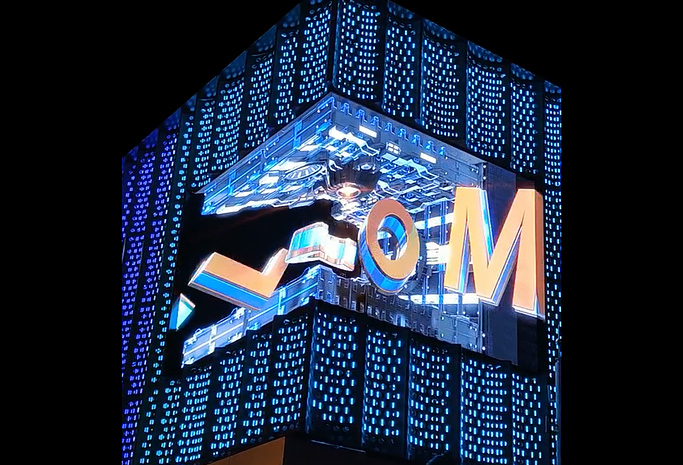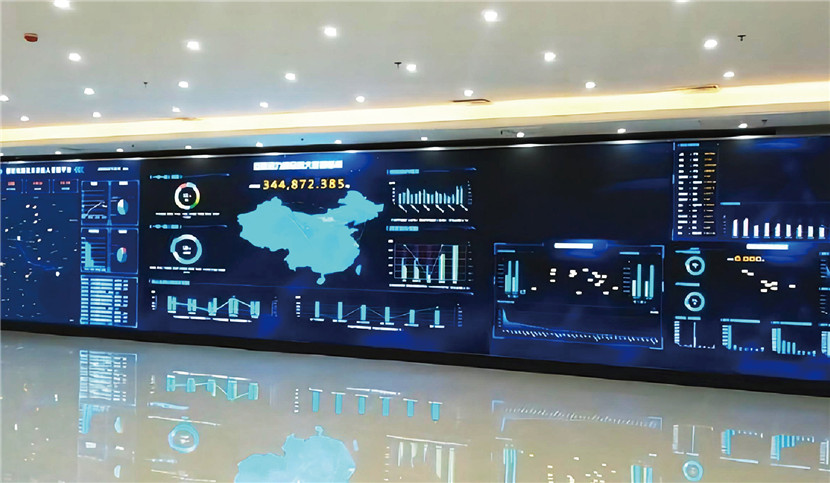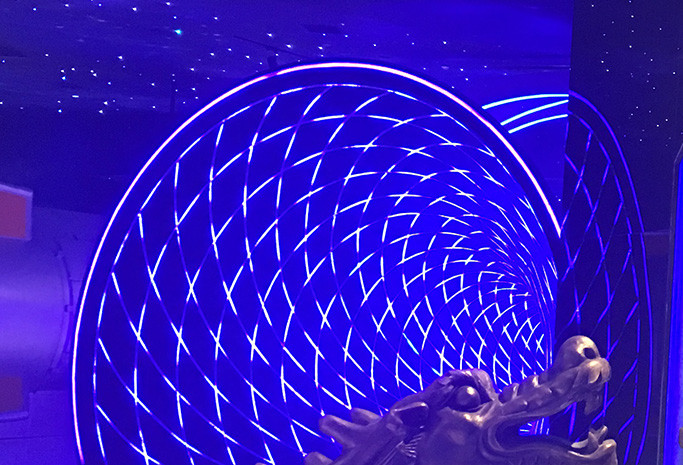
If you are in the market for a new monitor, you may be considering whether LED technology is suitable for your needs. With so many options available, it can be difficult to determine which type of monitor is best for you. To help make your decision easier, we've put together a comprehensive guide that explores the pros and cons of LED displays.
Advantages of LED display

One of the main reasons you should consider investing in LED displays is their ability to produce high-quality images.
LED displays offer unparalleled color range and clarity, ensuring you enjoy clear, vibrant visuals. Whether you use your monitor for gaming, watching movies, or professional applications, LED technology delivers a superior viewing experience.
Another advantage of LED displays is their energy efficiency.
LED technology consumes less power than traditional LCD displays, resulting in cost savings over time. Additionally, LED displays are known for their longevity, with many models lasting 100,000 hours or more. This means you don’t have to worry about changing monitors frequently, saving time and money in the long run.
Disadvantages of LED displays

While LED displays offer many advantages, it's also important to consider potential disadvantages. One of the major issues with LED technology is the potential for image burn-in, which can occur when static images are displayed for long periods of time. This issue can cause ghosting or image retention, affecting the overall quality of your monitor. However, modern LED displays are designed to minimize this risk, and correct use and maintenance can help prevent the occurrence of screen burn.
Another potential disadvantage of LED displays is their initial cost.
Although LED technology has become more affordable in recent years, it is still more expensive than other display options. However, many users find that the long-term advantages of LED displays, such as energy savings and durability, justify the higher upfront investment.
More Resources:
Post time: Dec-14-2023







